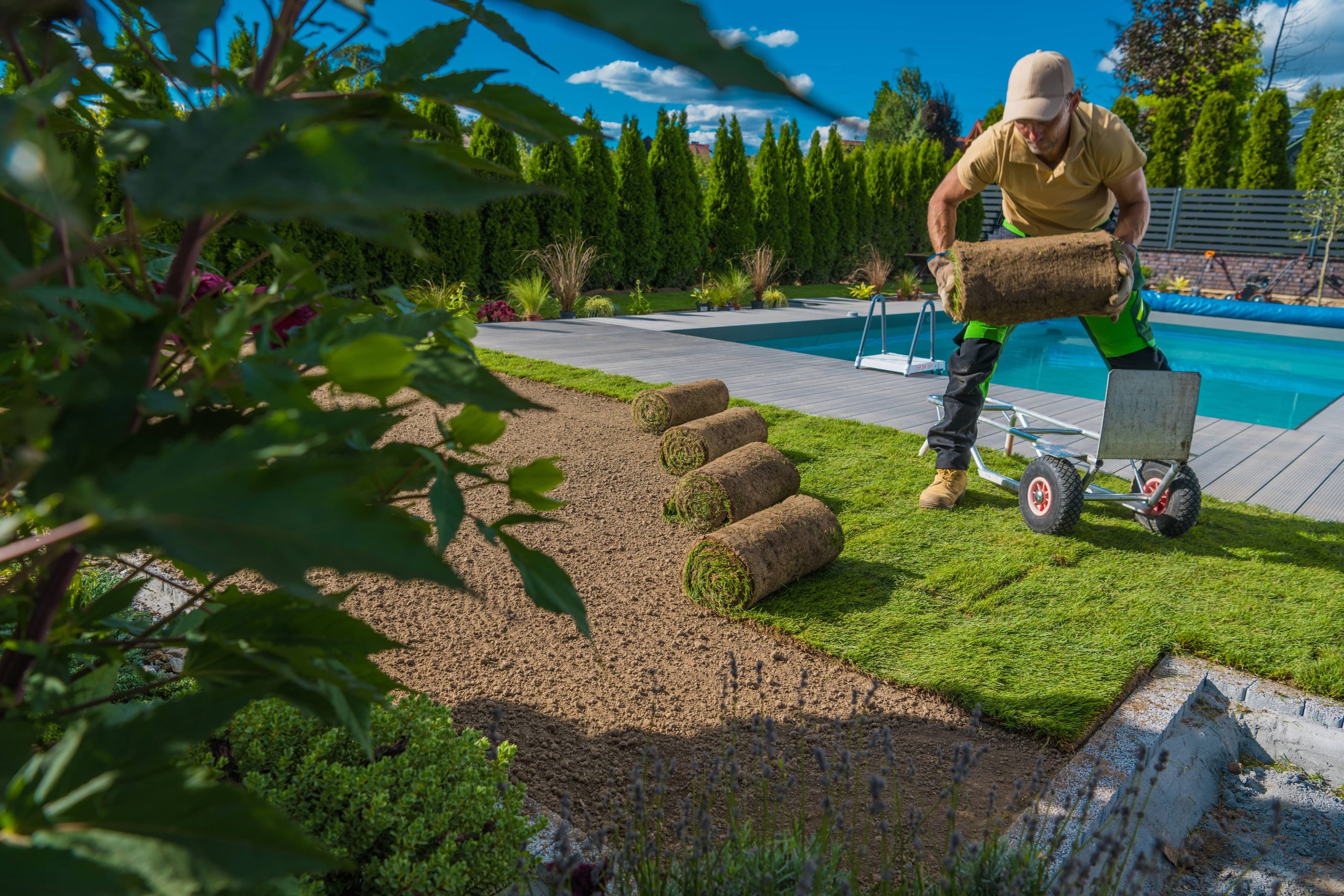
Gardening is both an art and a science, requiring creativity, dedication, and the right set of tools. Whether you’re a novice gardener or have been cultivating your green thumb for years, having the appropriate tools can make all the difference. In this blog post, we’ll explore the essential tools every gardener should have and how to select the right ones for your gardening needs.
Understanding Your Gardening Needs
Before investing in any gardening tools, it’s crucial to assess your gardening goals and the specific needs of your garden. Consider the size of your garden space, the type of plants you’re growing, and your gardening style. For instance, are you maintaining a vegetable garden, a flower bed, or a mixture of both? Understanding these aspects will guide you in selecting tools that are best suited for your tasks.
Essential Gardening Tools
1. Hand Trowel
A hand trowel is one of the most versatile tools in a gardener’s arsenal. It’s perfect for planting small plants, herbs, and bulbs. When selecting a trowel, look for one with a sturdy, comfortable handle and a blade made of rust-resistant material. The blade should be slightly pointed for easy soil penetration.
2. Pruning Shears
Also known as secateurs, pruning shears are essential for trimming and shaping plants. They help in maintaining plant health by removing dead or diseased branches. Choose pruning shears with sharp blades and an ergonomic handle to reduce hand strain. Bypass pruners are great for green wood, while anvil pruners work well on dead wood.
3. Garden Fork
A garden fork is indispensable for breaking up soil, aerating lawns, and mixing in garden amendments. Look for a fork with strong, sharply pointed tines and a comfortable handle. Stainless steel tines are usually more durable and less prone to rust.
4. Hoe
Hoes are used for cultivating soil, removing weeds, and preparing garden beds. There are different types of hoes, such as the draw hoe, scuffle hoe, and Dutch hoe. Each has a unique design suited for specific tasks. Choose a hoe that feels comfortable to use and is appropriate for the scale of your garden.
5. Garden Rake
A garden rake is useful for leveling soil, spreading mulch, and collecting leaves or debris. Look for a rake with a wide head and metal tines for durability. Some rakes have adjustable heads for versatility in different tasks.
6. Watering Can or Hose
Proper watering is crucial for plant health. A watering can is ideal for small gardens or indoor plants, while a hose with a spray nozzle is better suited for larger areas. Consider a hose with a durable material that can withstand weather conditions and has a nozzle with adjustable settings for different water pressures.
7. Wheelbarrow or Garden Cart
For transporting soil, plants, and garden debris, a wheelbarrow or garden cart is invaluable. Look for one that is sturdy, well-balanced, and easy to maneuver. Consider the load capacity and the type of terrain in your garden when selecting a wheelbarrow or cart.
Selecting the Right Tools
When it comes to selecting gardening tools, quality matters. Investing in high-quality tools may require a higher upfront cost, but they tend to last longer and perform better. Here are a few tips for selecting the right tools:
– Material and Build Quality: Opt for tools made of stainless steel or other rust-resistant materials. Wooden handles should be smooth, with no splinters, and the grip should feel comfortable in your hands.
– Weight and Balance: The tool should feel well-balanced and not too heavy, especially if you plan to use it for extended periods. An awkwardly balanced tool can cause unnecessary strain on your body.
– Size and Fit: Select tools that match your grip size and strength. For example, long-handled tools might be more suitable if you experience back problems or prefer standing while working.
– Ergonomics: Ergonomically designed tools help reduce strain and prevent injury. Look for tools with padded handles or shock-absorbing features.
Maintenance and Care
To ensure the longevity of your gardening tools, proper maintenance is essential. After each use, clean your tools to remove dirt and moisture. This will help prevent rust and deterioration. Sharpen blades regularly for pruning shears and hoes to maintain their effectiveness. Store tools in a dry place, preferably hanging or in a tool rack, to prevent accidental damage.
Conclusion
Selecting the appropriate tools for your garden is a vital step in ensuring a successful gardening experience. By focusing on quality, ergonomics, and the specific needs of your garden, you can assemble a toolset that makes your gardening tasks efficient and enjoyable. Remember, well-maintained tools not only enhance your gardening efforts but also inspire you to spend more time nurturing your garden. Happy gardening!
Gardening is a journey, and like any journey, the right equipment can turn challenges into pleasures. With your toolset ready, you’re well-equipped to embark on that green adventure, transforming your space into a thriving oasis.







